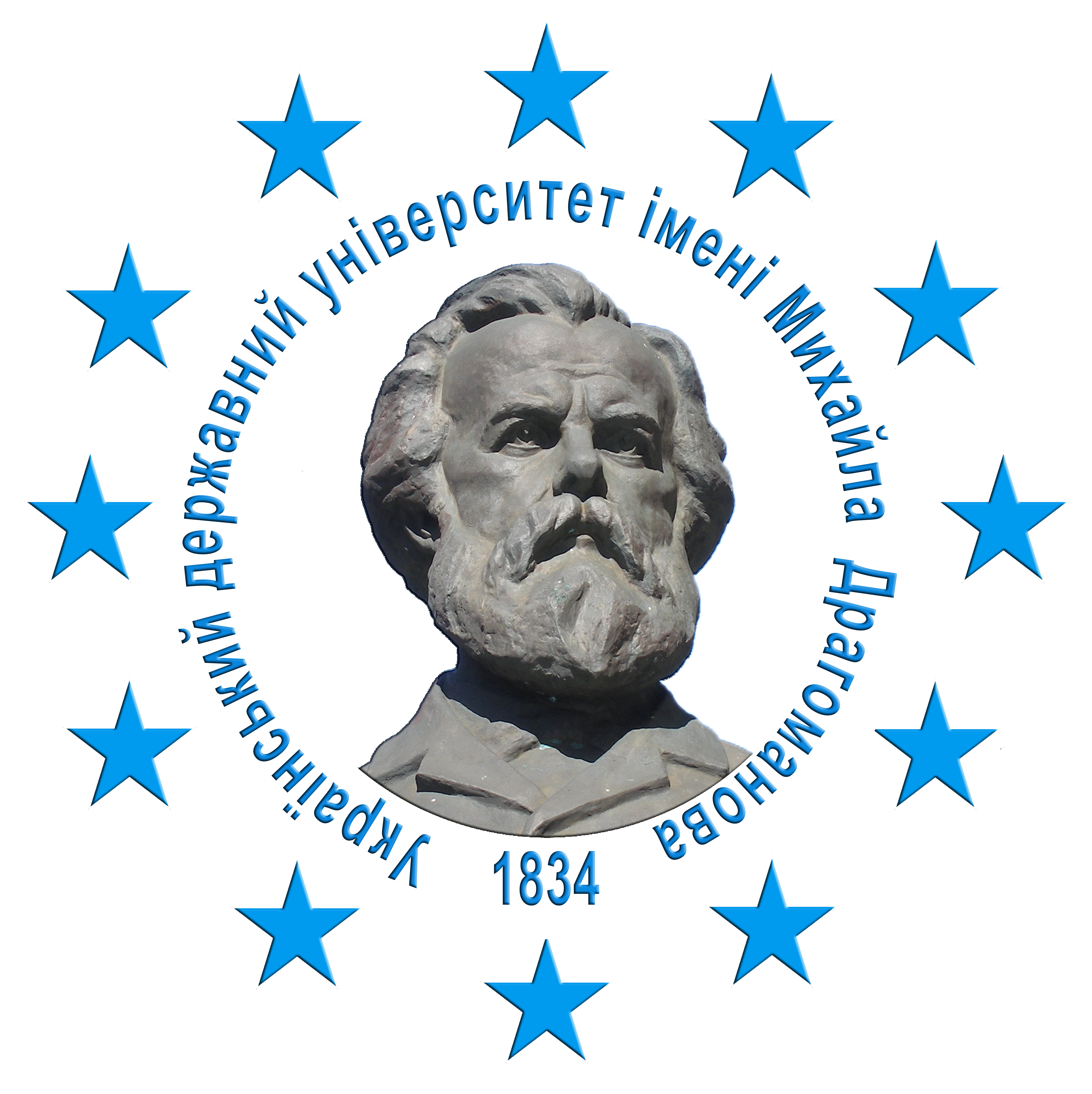SPECIFICITY OF MOTIVATION DISCOURSE OF TED TAIKS: ANALYSIS OF EXPRESSION MEANS
DOI:
https://doi.org/10.32782/NPU-VOU.2024.2(93).07Keywords:
TED Talks video lectu res, motivational discou rse, cognitive and discou rse analysis, cognitive and speech strategies, rhetorical device, speech impact, perception, attention, memoryAbstract
This article examines a special form of motivational discourse in the format of TED Talks, which have become popular and accessible to a wide audience thanks to the use of various media formats such as video, audio, live broadcasts, and the TED Talks Internet platform. The aim of the article is to conduct a cognitive and discursive analysis of the expressive means used by TED Talk speakers to have an impact on the cognitive and emotional sphere of the audience. Based on the method of complete text sampling, the author compiles a limited corpus of texts on the topics of “Language Learning” and “Business”, which are subjected to further cognitive and discursive analysis, revealing the features of the organization of the TED Talks media text, phonetic, lexical and grammatical units related to the lecture topic and used by the TED speaker to convey information. In particular, the author identifies the use of techniques such as pausing, intonation, vocal expression, rhetorical questions, repetition, and parallelism. Analysis of semantic and syntactic features has also revealed a number of speech peculiarities of TED lecturers that are capable of influencing message perception.
References
Aguilar, M. (2012). Blended learning and the language teacher: a literature review. Colombia Applied Linguistics Journal. P. 163–180.
Feyten, C.M. (1991). The power of listening ability: an overlooked dimension in language acquisition. Modern Language Journal. 75 (2). P. 173–180.
Nation, S.P., & Newton, J. (2008). Teaching ESL/EFL listening and speaking. New York: Routledge.
Nunan, D. (1997). Designing and adapting materials to encourage learner autonomy. In: Benson P, Voller P (eds.) Autonomy and independence in language learning. London: Longman. P. 192–203.
Pintrich, P.R. (2000). The role of goal orientation in self-regulated learning. In: Boekaerts M, Pintrich PR, Zeidner M (Eds.). Handbook of self-regulation. San Diego, CA: Academic Press. P. 451–502.
Sharma, P., & Barrett, B. (2007). Blended Learning. Oxford: Macmillan.
Tomlinson B., & Whittaker, C. (Eds.). (2013). Introduction. Blended Learning in English Language Teaching: Course Design and Implementation. P. 11–23.
Vandergrift, L. (1997). The Cinderella of communication strategies: Reception strategies in interactive listening. Modern Language Journal. P. 494–505.
Wolvin, A.D. (2010). Listening and human communication in the 21st century. Malden, MA: Wiley-Blackwell.
Wolvin, A.D., & Coakley, C.G. (2000). Listening education in the 21st century. International Journal of Listening.14 (1). P. 143–152.







